
IoT FCC Testing Laboratories in China
The Internet of Things (IoT) is a vast network facilitating data exchange via the internet. Household appliances are among the consumer products leveraging this technology. In recent months, the number of IoT devices has surged, including wearable devices, alarm systems, garage door openers, HVAC systems, kitchen appliances, washing machines/dryers, and other "smart" devices. The goal of IoT is to enable all devices to connect and interact, regardless of the manufacturer.
Users can interact with these connected devices through wearable devices, smartphones, tablets, computers, or digital assistants (such as Amazon's Alexa) to control or obtain information from the devices. For example, utility companies can turn off air conditioning systems during peak demand with the homeowner's authorization.
Most connections are achieved through wireless technologies like Wi-Fi, Bluetooth, Z-Wave, WeMo, Thread, and Zigbee. These wireless technologies must work seamlessly and securely together without interfering with other wireless or digital technologies. IoT device manufacturers must comply with mandatory electromagnetic compatibility (EMC) regulations to ensure devices operate without causing radio frequency interference and can safely tolerate interference.
Regulation and Testing
The FCC (USA) and EID (Canada) are the main regulatory bodies establishing EMC regulations for household and wireless products. Devices using radio frequency (RF) energy, such as microwave ovens and induction cooking devices, are regulated under fcc part 18 and ICES-001. Other devices may be exempt from FCC and ICES authorization procedures if their digital electronic components are solely for functional purposes.
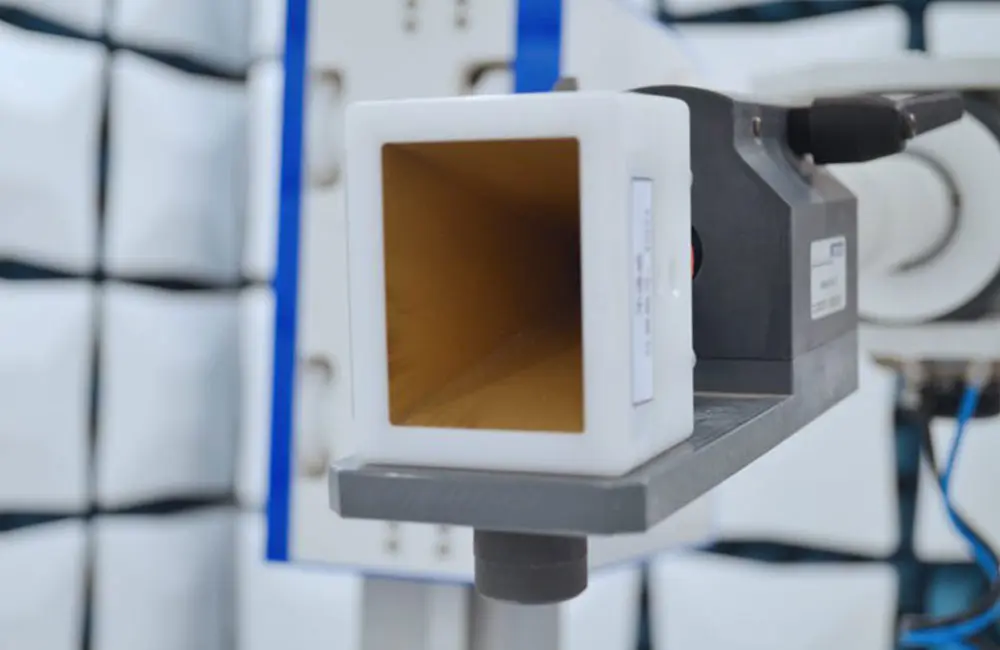
When adding wireless communication technology to appliances, manufacturers must test these devices to ensure compliance with FCC and ICED regulations. This typically involves fcc part 15 Subpart C and one of the Canadian Radio Standards Specifications (RSS). Manufacturers can choose to purchase and install pre-certified radio modules, simplifying the compliance process, but still need to conduct radiated emission tests to ensure the device meets the necessary standards.
The European Union does not provide exemptions for appliances. Most devices with digital electronic components must comply with the EMC Directive, which includes requirements for radio frequency emissions (EN 55014-1) and immunity to radio frequency interference (EN 55014-2). Adding IoT transceivers necessitates additional compliance considerations, and devices must meet the requirements of the Radio Equipment Directive (RED).
Risk Assessment and Compliance
The conformity assessment procedure for radio products should include a risk assessment to ensure that the combination of radio and appliance does not lead to unsafe operation. During the assessment, product combinations should be treated as a single functional unit, using CE-marked radio conformity test data for evaluation. If the radio has not been tested in similar applications, the combination product must be tested, typically requiring ETSI/EN standards for radiated emissions and some immunity tests.
User Manuals and RF Exposure
Manufacturers must verify product compliance and assume responsibility for the conformity of their radio/electrical products. In both domestic (FCC and ICED) and EU regulations, user exposure to radio frequency must be assessed to ensure compliance with regulatory requirements related to the use of radio in devices. When using pre-approved or CE-marked radio modules, manufacturers can reference radio compliance documents to ensure device compliance.
For example, if a pre-certified radio module provides evidence of compliance with RF exposure rules and the antenna is positioned at a distance of 40 cm or more from the user, this distance must be maintained in the device. When integrating multiple radio products, the combined RF exposure must be assessed to determine compliance with RF exposure rules. User manuals should include descriptions of how to meet RF exposure compliance.
Conclusion
IoT device manufacturers must consider the electromagnetic compatibility of both the device and the IoT components. Using pre-approved or CE-marked radio products can ease the burden of EMC regulatory compliance, but the entire product's EMC compliance must still be assessed, often involving some testing, product labeling, and user information requirements. Although the path to compliance can be complex, it is crucial for ensuring device safety and functionality.
Email:hello@jjrlab.com
Write your message here and send it to us
 ASTM D4169 Drop Test
ASTM D4169 Drop Test
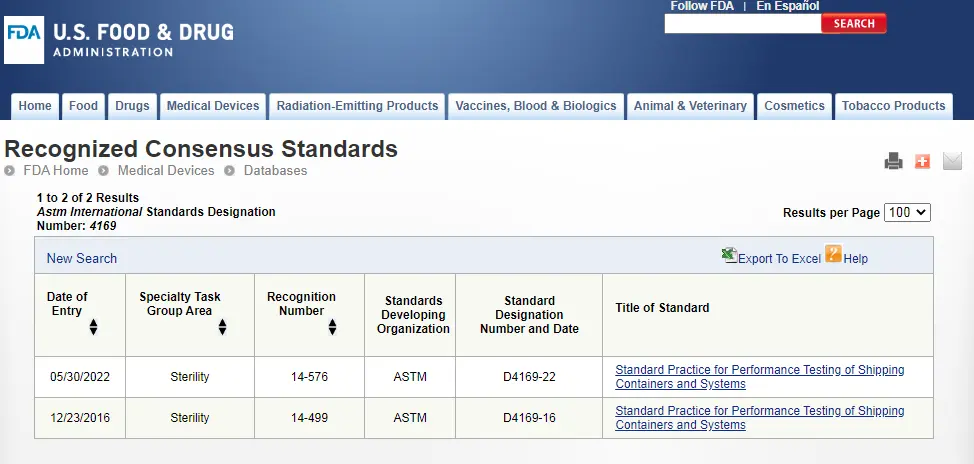 ASTM D4169 Packaging Simulation Transportation Tes
ASTM D4169 Packaging Simulation Transportation Tes
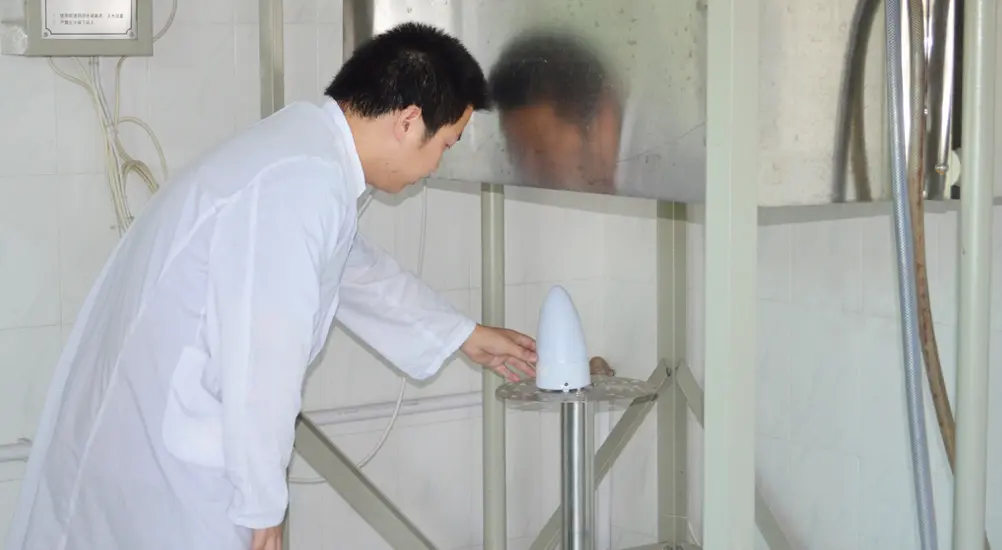 What is ASTM D4169 Testing?
What is ASTM D4169 Testing?
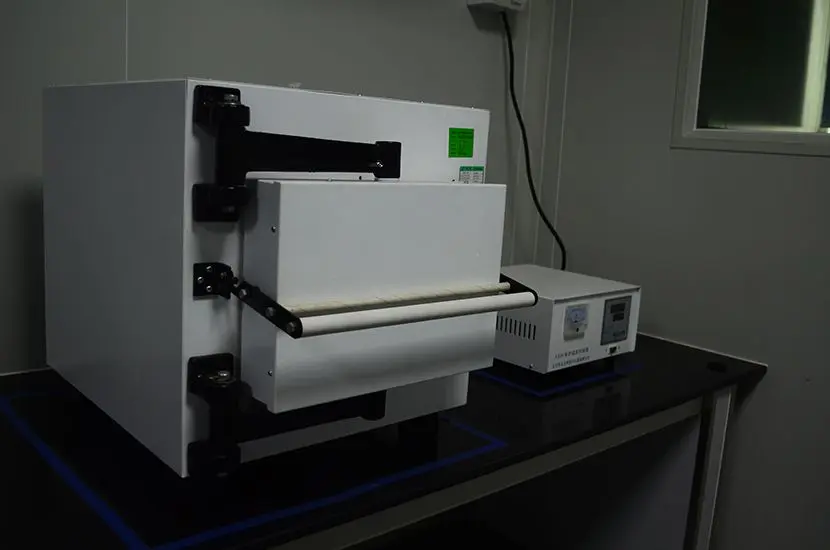 ASTM D4169-23 Test Standard Revision
ASTM D4169-23 Test Standard Revision
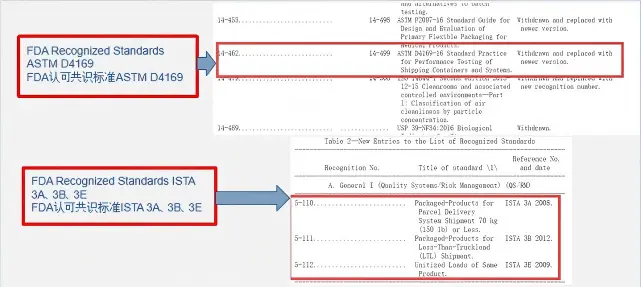 Transport Simulation Testing for Medical Device Pa
Transport Simulation Testing for Medical Device Pa
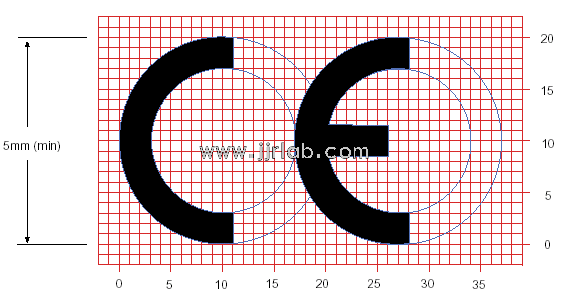 EU CE Certification Guidelines for Lighting Fixtur
EU CE Certification Guidelines for Lighting Fixtur
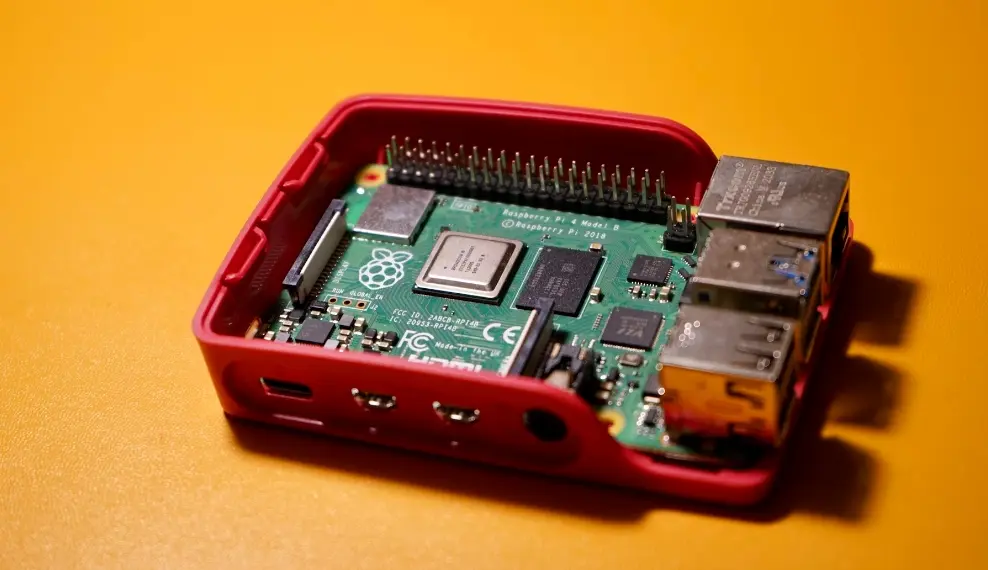 Lithium Battery Export: CB Certification & IEC
Lithium Battery Export: CB Certification & IEC
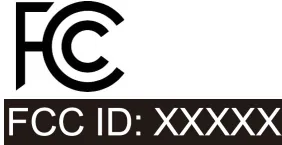 How to Apply for One FCC Certificate for Multiple
How to Apply for One FCC Certificate for Multiple
Leave us a message
24-hour online customer service at any time to respond, so that you worry!




